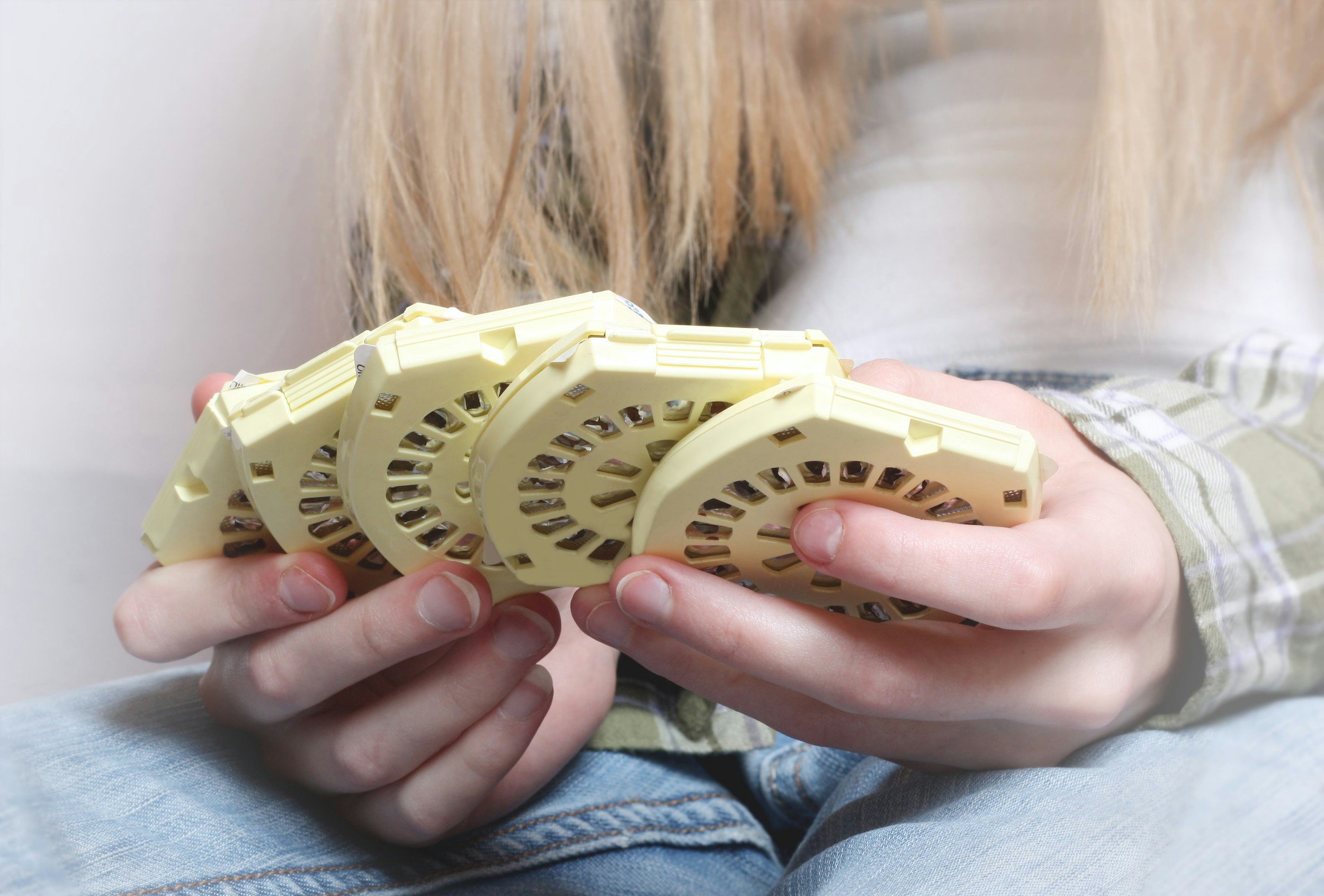
BIRTH CONTROL
Birth Control / Contraception
Birth Control
Birth control is the act of preventing pregnancy. Methods include medications, procedures, devices, and behaviors.
Some methods, such as condoms, are widely available at drug stores. Other methods, such as prescription pills, require seeing a clinician.
Birth control methods we are able to prescribe:
Birth control pills
Pills are used to prevent pregnancy — they are also called oral contraceptive pills. They contain hormones that block the release of eggs from the ovaries. Most birth control pills include estrogen and progestin.
How it works
You take the pill daily for 3 weeks and then take a week of placebo pills (no hormones) that bring on your period.
Effectiveness
93% with typical use
Ring
A birth control ring, also known as a vaginal ring, is a soft, flexible, hormonal contraceptive device that is inserted into the vagina to prevent pregnancy.
How it works
The ring releases hormones (estrogen and progestin) that prevent ovulation (the release of an egg), thicken cervical mucus (making it harder for sperm to travel), and thin the uterine lining, all of which prevent pregnancy.How to use it
You insert the ring yourself, and it's typically worn for three weeks, then removed for one week to allow for a period, and a new ring is inserted after that week.
Effectiveness
When used correctly, the vaginal ring is a highly effective method of birth control, 93% effective with typical use.
Depot Shot
The "Depo shot," also known as Depo-Provera, is a highly effective, long-acting birth control method involving an injection of the hormone progestin, given every 3 months, that prevents pregnancy by stopping ovulation and thickening cervical mucus.
How it works
Depo-Provera contains a synthetic form of progesterone called medroxyprogesterone acetate.
This hormone prevents the ovaries from releasing an egg (ovulation), which is necessary for fertilization. It also thickens the cervical mucus, making it harder for sperm to reach the egg.
Additionally, it thins the lining of the uterus (endometrium), making it less likely for a fertilized egg to implant.
Effectiveness
Highly effective method of birth control, with a typical use effectiveness of about 97% and a perfect use effectiveness of 99.7%.Long-Acting
Each injection provides contraception for 13 weeks (3 months).
Patch
The patch birth control is a transdermal contraceptive that prevents pregnancy by releasing hormones through the skin into the bloodstream.
How it works
The patch contains the hormones estrogen and progestin. These hormones suppress ovulation (the release of an egg from the ovary). They also thicken the cervical mucus, making it difficult for sperm to penetrate the cervix and reach the egg.
Application and usage
The patch is a small, square-shaped sticker that is applied to the skin on the upper arm, buttocks, or lower abdomen. A new patch is applied each week for three weeks, followed by a one-week patch-free week to allow menstruation. The patch is a prescription medication and requires a healthcare provider's approval.Benefits
Highly effective (93% effective with typical use)
Convenient and easy to use (no daily pills to take)
Can reduce menstrual flow and cramping
May improve acne
Disadvantages
Can cause skin irritation or allergic reactions
May increase the risk of blood clots, stroke, and heart attack
Does not protect against sexually transmitted infections (STIs)
Requires a prescription
Emergency Contraception
Emergency contraception (EC), often referred to as the "morning-after pill," is a backup birth control method used after unprotected sex or if your regular birth control method fails, helping to prevent pregnancy. It's available over-the-counter (OTC) as Plan B One-Step and generics, or with a prescription as Ella.

